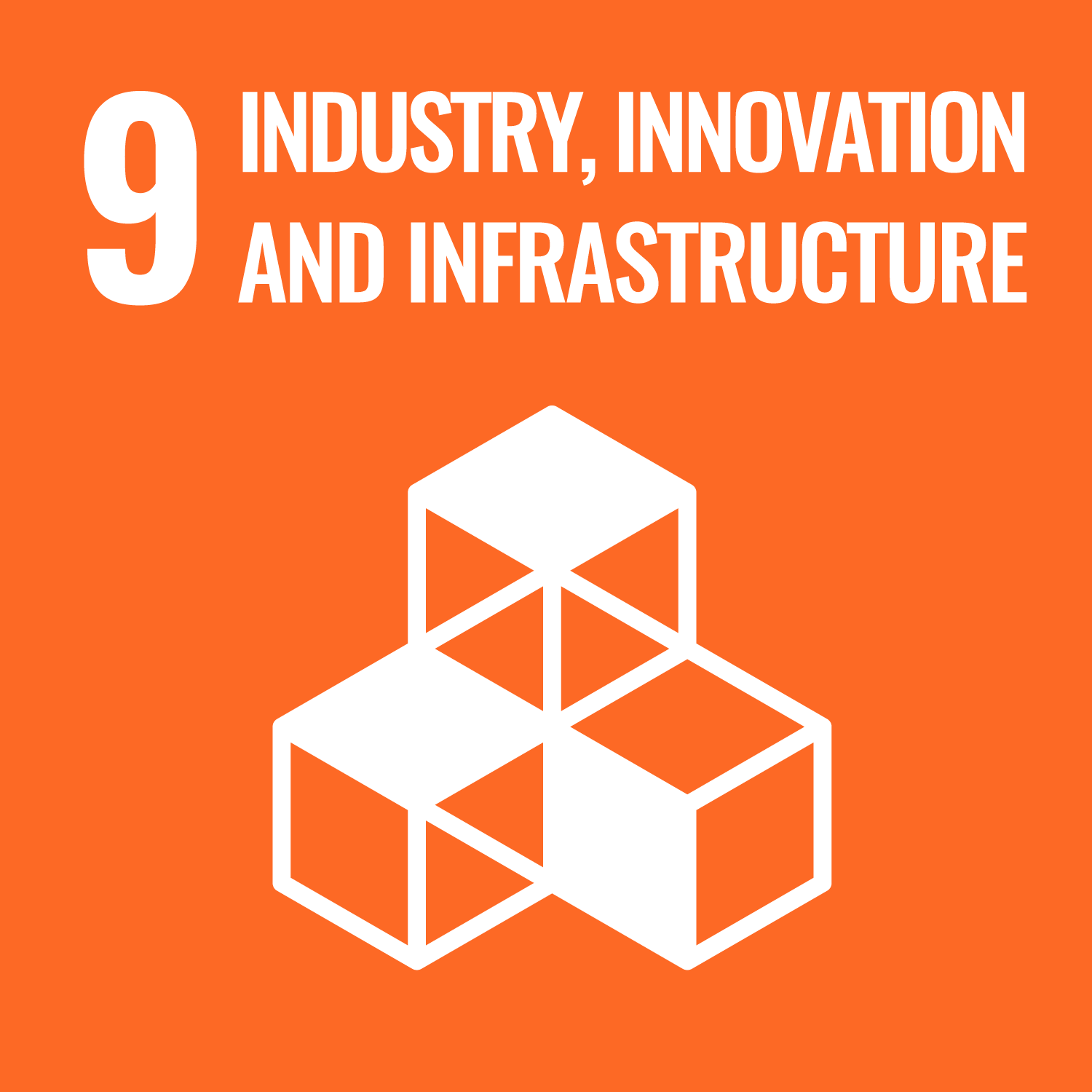Yaren, M.F. orcid.org/0000-0002-7739-0794, John, E. orcid.org/0000-0002-8707-4197 and Susmel, L. orcid.org/0000-0001-7753-9176 (2025) Effects of manufacturing direction, heat-treatment and surface operations on fatigue life in additively manufactured metals: An analysis based on statistics and artificial intelligence. Proceedings of the Institution of Mechanical Engineers, Part C: Journal of Mechanical Engineering Science, 239 (11). pp. 4194-4214. ISSN 0954-4062
Abstract
This study aimed to establish whether useful fatigue design stress-life curves could be estimated for additively manufactured metals through statistical and machine learning analysis of a large quantity of experimental fatigue data. The study focused on additively manufactured aluminium, steel and titanium. Three manufacturing parameters were considered, namely the manufacturing direction, heat-treatment and surface operations, with the results presented for 0.1 and −1 loading ratios. By gathering experimental data for all parameters, the negative inverse slopes were found to be concentrated between 3 and 6, and the mean endurance limit as a ratio to ultimate tensile strength was 0.18 and 0.21 for 0.1 and −1 loading ratios, respectively, without any statistical analysis. Surface operations were observed to have a significant effect on the fatigue strength of additively manufactured aluminium, steel and titanium regardless of other manufacturing parameters. Multiple linear regression analysis and several machine learning methods (Decision Tree, Support Vector Machines, K-Nearest Neighbour, Multi-Layer Perceptron, Partial Least Squares and Gaussian Process Regression) were used to develop predictive models. The results of these analyses highlight that the conventional approach applied to fatigue of traditional metals does not suffice for additively manufactured metals. While artificial intelligence presents a promising solution, our investigation indicates it is necessary to account for parameters in addition to those considered here such as manufacturing processes, material properties, material microstructure and defects to make reliable fatigue property estimates for additively manufactured metals using machine learning.
Metadata
| Item Type: | Article |
|---|---|
| Authors/Creators: |
|
| Copyright, Publisher and Additional Information: | © IMechE 2025. This article is distributed under the terms of the Creative Commons Attribution 4.0 License (https://creativecommons.org/licenses/by/4.0/) which permits any use, reproduction and distribution of the work without further permission provided the original work is attributed as specified on the SAGE and Open Access page (https://us.sagepub.com/en-us/nam/open-access-at-sage). |
| Keywords: | Supervised learning; multiple linear regression; additive manufacturing; metals; fatigue |
| Dates: |
|
| Institution: | The University of Sheffield |
| Academic Units: | The University of Sheffield > Faculty of Engineering (Sheffield) > School of Mechanical, Aerospace and Civil Engineering The University of Sheffield > Faculty of Engineering (Sheffield) > Department of Civil and Structural Engineering (Sheffield) |
| Depositing User: | Symplectic Sheffield |
| Date Deposited: | 09 May 2025 09:31 |
| Last Modified: | 27 May 2025 09:14 |
| Status: | Published |
| Publisher: | SAGE Publications |
| Refereed: | Yes |
| Identification Number: | 10.1177/09544062251319075 |
| Related URLs: | |
| Sustainable Development Goals: | |
| Open Archives Initiative ID (OAI ID): | oai:eprints.whiterose.ac.uk:226133 |


 CORE (COnnecting REpositories)
CORE (COnnecting REpositories) CORE (COnnecting REpositories)
CORE (COnnecting REpositories)